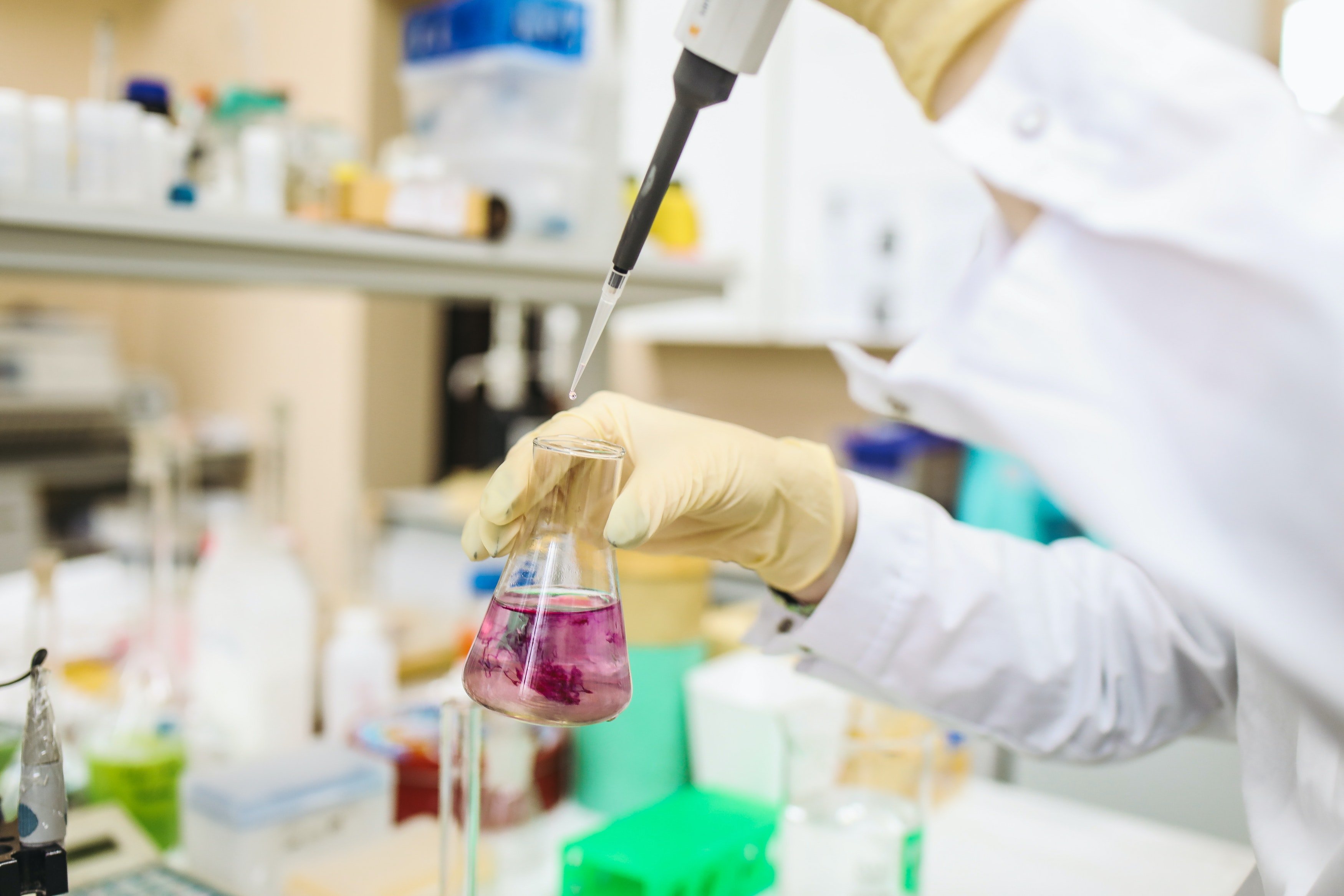
Creating a uniform and stable dispersion with abrasive and chemically aggressive materials can be a significant challenge. The right mixer for this application requires a balance of adequate mixing and an acceptable rate of wear. Homogenizers and, depending on the application, high pressure homogenizers are the ideal mixers for creating uniform dispersions in less time. However, abrasive products, such as electronic and medical ceramics, graphene, and carbon nanotubes can eat away at high pressure seals and damage plunger surfaces while chemically aggressive products, such as acidic cannabis flavor additives, and low ph sanitizers used for cleaning, can attack the binder material used in the tungsten carbide plungers. Damage created by these aggressive materials creates high pressure leaks, endless maintenance and, if not attended to, can result in additional damage to surrounding components. For this reason, simpler mixers which may take longer to produce a less-than-superior result and may have higher downtimes due to wear, are sometimes used.
To allow these challenging applications to take advantage of the benefits of homogenization, Pion's BEE brand of homogenizers offers scalable solutions for customers struggling with these problems using the following options.
- Inline Preprocessing - Wet
- Simplify the addition of materials with a proprietary integrated preprocessing system
- Digitally controlled peristaltic metering pump, 500 mL/min max flowrate, and tubing for material addition through secondary EC feed port downstream of the nozzle
- Inline Preprocessing - Dry
- Simplify the addition of materials with a proprietary integrated preprocessing system
- Digitally controlled gravimetric feeder with reservoir for addition of dry particulate through secondary EC feed port downstream of the nozzle
- Proprietary Plunger Coating
- Upgrade to proprietary coating for use with chemically aggressive or abrasive materials for one plunger on new equipment
- Seal Quenching
- Extends high pressure seal life for abrasive or chemically aggressive products.
- Supplies compatible fluid behind the high-pressure seals to wet the retracted plungers and back surface of the seal, preventing buildup of particulate or chemicals on the reciprocating seal surface.
- Quench fluid is recirculated via a chemically resistant pump and reservoir and will not pass through the pressure seal to impact product formulation due to the pressure balance.
Primary ingredients for pharmaceuticals / nutraceuticals, material additives for chemical processing in electronic, thermal, and building materials all have the potential to be abrasive. Small, non-spherical, high aspect ratio particles can abrade the surfaces they come in contact with.
Chemically aggressive materials can also be encountered in any industry. Most commonly, these are seen as acidic additives used for flavoring in cannabis applications, aggressive solvents used in nano/electronic materials, and general cleaners and sanitizers used across multiple different industries.
BEEI process sections are manufactured using primarily stainless steel. The process design is meant to promote efficient and smooth flow, and minimize the risk of abrasion to major product contact parts. One exception to this is the drive of the system, which consists of a high-pressure cylinder and plunger that is part of the intensifier pump. Here, material is pressurized up to 45,000 psi, forced through a small orifice, and then flows through the Emulsifying Cell. Wear management in this section is critical.
The plunger reciprocates in the high-pressure cylinder and breaks the continuity of the flow when transitioning from the suction to pressure stroke. Over time, more dense particles can fall out of suspension and accumulate in the high-pressure cylinder, eventually abrading the plunger as it reciprocates in and out.

As the plunger moves in and out of the high-pressure seal, some localized heat is generated. The surface outside of the high-pressure seal, not in contact with product, dries. As it then proceeds back through the seal on the pressure stroke, it dries the inner lip of the high-pressure seal. This dry area on the seal creates a surface that wetted particles stick to, taking them out of suspension. This buildup of solids on the inner lip of the seal abrades both the seal and the plunger. The backup ring, and eventually even the high-pressure cylinder, can be damaged if not resolved in a timely fashion. The seal will wear quickly and require frequent replacement. Over a short period of time, damage will accumulate on the plunger and will eventually require premature replacement.
Particle Build Up On Inner Seal Lip and Dry Surface Behind Seal
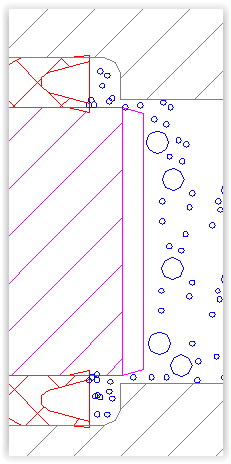
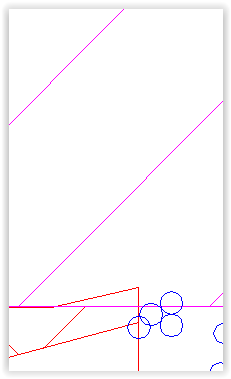
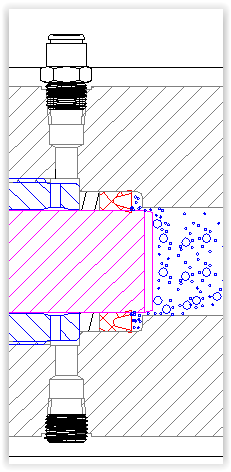
Let’s look at how the Inline Preprocessing, Coated Plunger and Seal Quench options listed previously in this paper would help solve this problem.
The IPP (Inline Preprocessing)
The IPP (Inline Preprocessing) specifically allows removal of the solid particles from the raw material. In doing this the abrasive content of the suspension or slurry does not travel through the feed line. This means abrasive material doesn’t enter the high-pressure cylinder and users are able to skip both the time and money spent on traditional preprocessing steps.
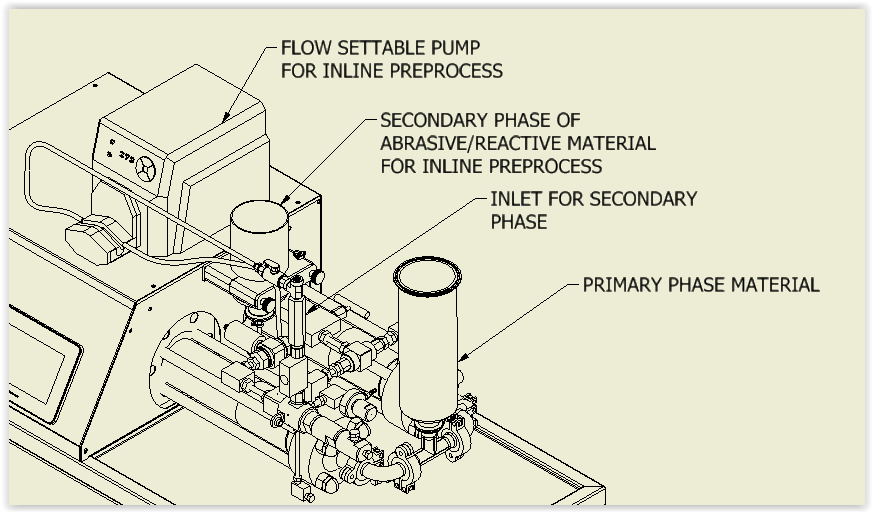
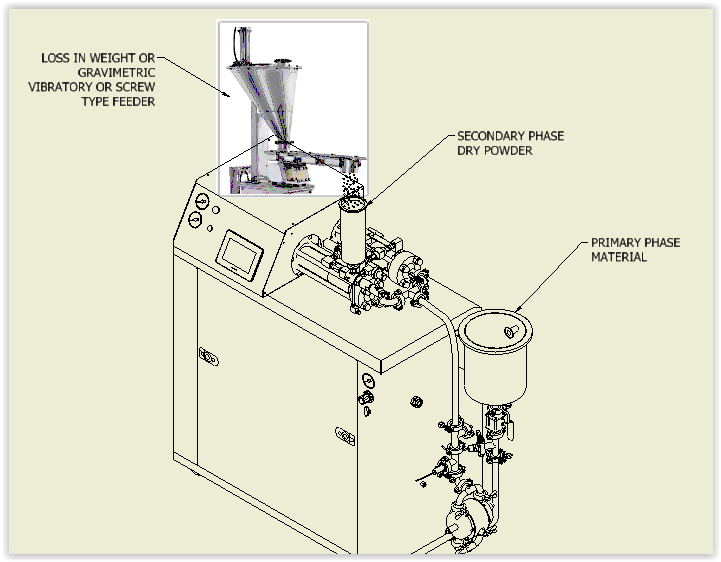

In this option, the abrasive material is introduced through a secondary port downstream of the EC nozzle directly into the path of the supersonic fluid jet in the processing chamber. This allows the dry material or a slurry concentrate to be added to the EC and is processed without passing it through the intensifier pump. This eliminates both solid particles dropping out of suspension and material passing through the high-pressure cylinder, where it might damage the seal and plunger.
PLG (Coated Plunger) and SQ (Seal Quench)
In formulations or processes where adding the particulate material separately is not suitable, a combination of the plunger with a PLG (Coated Plunger) and the SQ (Seal Quench) option offers the next step in BEEI’s innovative solutions.
The PLG creates a harder, more wear-resistant surface with lower friction potential and better heat dissipation.

Thus, this coating is more resistant to abrasions and creates less heat at the inner seal lip. In turn, it prevents material from drying and adhering to surfaces, resulting in minimal damage to the seal and plunger over time. In addition to the benefits of these option packages detailed above, the OPT-PLG also significantly expands the range of compatibility for Pion's tungsten carbide plungers. Tungsten carbide plungers remain our go-to standard as they are harder and tougher than most ceramic alternatives. However, one drawback is their low ph compatibility. By adding the PLG option, customers can now use this plunger in every conceivable application of cannabis, pharma, food or chemical where an acidic additive, cleaner, or solvent may be present.
By adding Seal Quenching Capabilities, the plunger and seal are additionally lubricated through ports in the high-pressure cylinder that wet areas outside of the high-pressure seal.
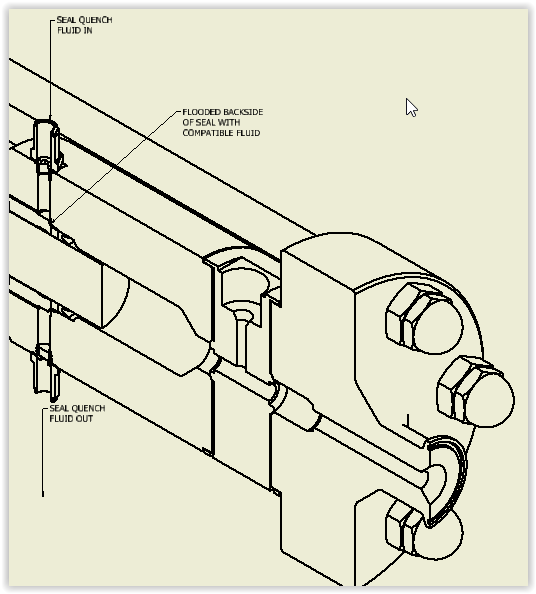
Using a product-compatible fluid supplied by the customer, these surfaces now remain wetted during the entire suction and pressure stroke. This prevents dry powder buildup on the inner lip of the high-pressure seal. The SQ and PLG can be used independently or in combination.
This suite of solutions was designed to enhance reliability, minimize unexpected downtime, and reduce costs for Pion customers.
To learn more about Pion's BEE brand and how our innovations can help you manage chemically aggressive or abrasive products, please contact us today.

